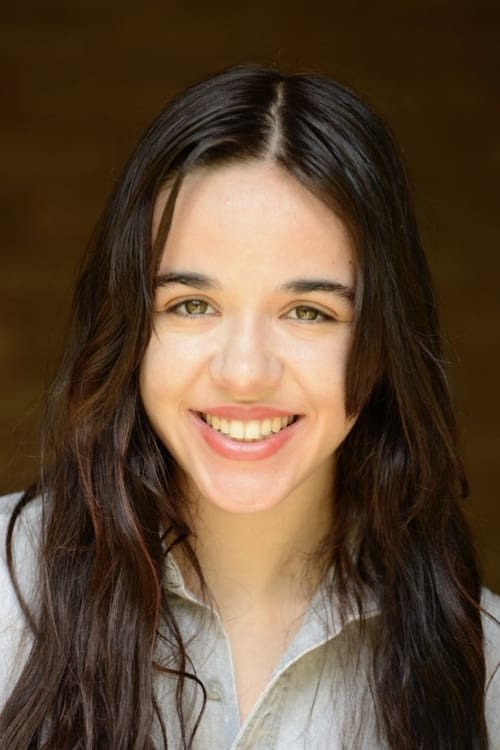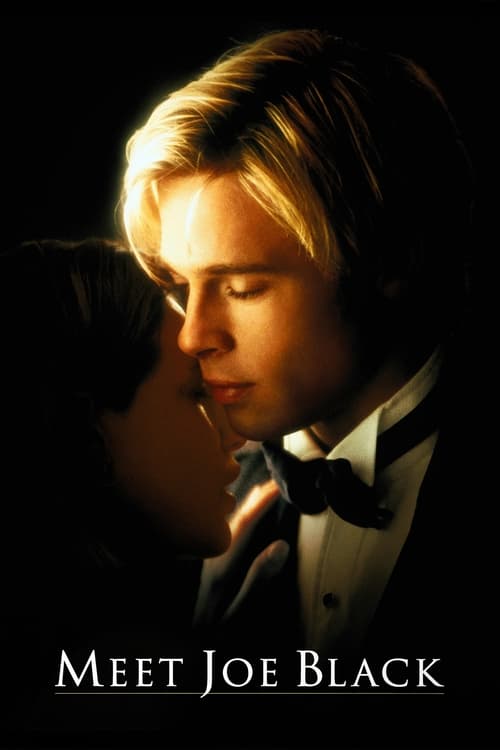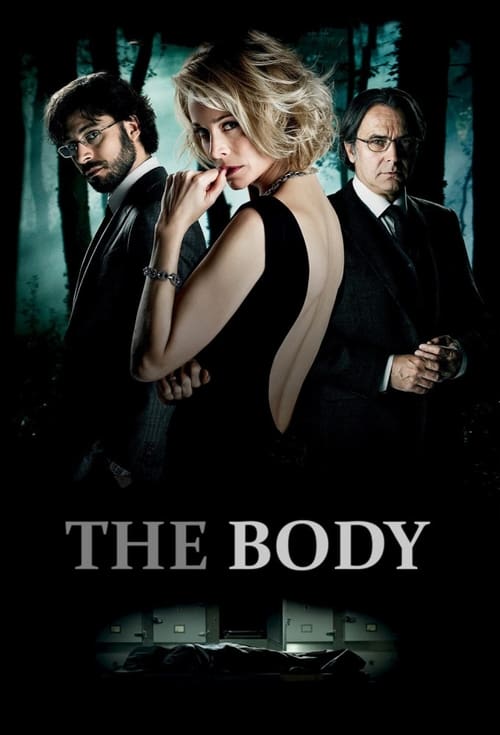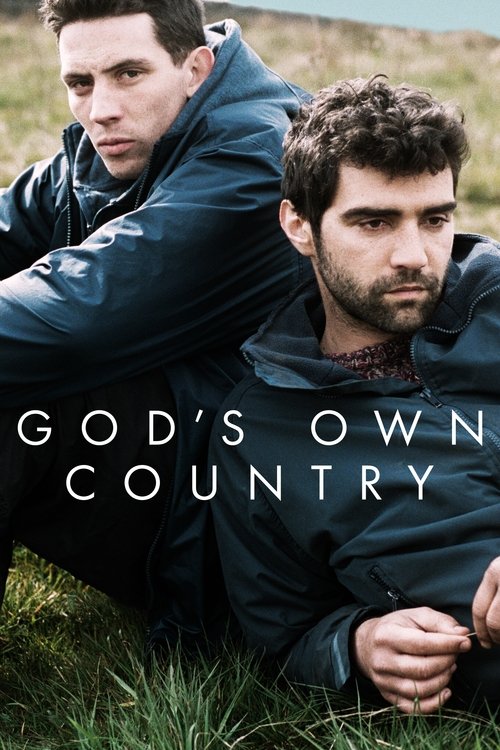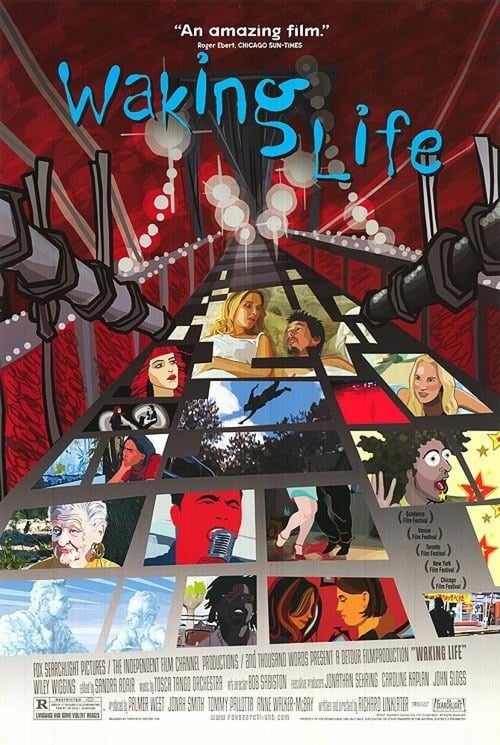
Waking Life
Waking Life is about a young man in a persistent lucid dream-like state. The film follows its protagonist as he initially observes and later participates in philosophical discussions that weave together issues like reality, free will, our relationships with others, and the meaning of life.
Dialogues from Movie Waking Life
Quotes from Movie Waking Life
Sound Tracks from Waking Life by George S. Clinton
The End
The End by The Doors, Used in a conversation scene about dreams and reality
The Creep
The Creep by Radiohead, Played during a scene exploring existential themes
There's No Place Like Home
There's No Place Like Home by The Wannadies, Background music during animated discussions
Samsara
Samsara by Cinematic Orchestra, Accompanies the visuals in a dream sequence
Download App
Memorable Scenes from Movie Waking Life
The Search for Meaning
The protagonist, a young man, wanders through various dream-like landscapes filled with deep conversations about life and existence. He meets various characters, each offering different perspectives on reality and consciousness. The moment peaks when he stands still, absorbing the weight of the dialogues around him, feeling lost yet intrigued by the complexity of life. This buildup leads to the realization that every encounter shapes his understanding of himself and his purpose.
Context: The core of the film focuses on existential themes and the nature of dreams, leading the protagonist on a philosophical journey.
The Woman on the Street
In a floating conversation with a mysterious woman, she describes her dreams and experiences. The pivotal moment occurs when she tells him that dreams are just as real as waking life, and they can teach us about who we really are. Her passion shines through her words, leaving the protagonist and viewers with a sense of wonder and introspection that lingers well after the scene.
Context: This scene emphasizes the film’s exploration of dream versus reality and the importance of self-discovery.
Walking with the Philosopher
As the protagonist walks with a sage-like figure, the conversation escalates into a philosophical debate about free will. The climax is met when the philosopher suddenly stops and asks him pointedly if he truly believes he is free. The visuals shift, and the dialogue becomes increasingly intense, creating an atmosphere of tension and urgency.
Context: This scene challenges the protagonist's views on choice and determinism, a central theme in the film.
Life as a Dream
A man discusses with the protagonist the dream state and how it mirrors life itself. At the peak of their exchange, the man reveals, 'Dreams are like what you do when you're not awake.' This moment encapsulates the essence of the film as it blurs the line between the two worlds, inviting the audience to contemplate their own reality.
Context: The conversations throughout this scene reinforce the film's central idea that reality may just be an extension of our dreaming minds.
The Jazz Musician
A jazz musician pours his heart into his music while simultaneously reflecting on life’s fleeting moments. The scene builds to a close-up of his face as he cries mid-performance, encapsulating raw, deep emotions tied to memory and the passage of time. This powerful connection between sound and emotion reminds the protagonist—and the audience—of life's ephemeral nature.
Context: This scene highlights the theme of art as an expression of the human condition.
The Girl and the Dream
The protagonist encounters a young girl who dreams vividly yet feels trapped in those dreams. The conversation reveals her struggles, making the pivotal moment when she asserts, 'I want to wake up!' It leaves a significant emotional impact, pushing both characters toward introspection about the life choices they make and the dreams they chase.
Context: This scene explores personal agency and the desire to break free from confines set by oneself or society.
The Reunion
In a surreal reunion with a figure from his past, the protagonist feels an overwhelming wave of nostalgia and longing. The turning point happens when they embrace, but the figure starts to fade away, leading to a realization that these moments, while beautiful, are ultimately transient and reflective of what has been lost.
Context: Here, the film probes into themes of memory, connection, and the impermanence of relationships.
Life in the Loop
The protagonist converses with a character who is trapped in a repetitive cycle of life. It comes to a head as he exclaims, 'You have to change!' The visuals distort as they embody this cycle, reflecting the frustrations of feeling stuck. This becomes a moment of empowerment for the protagonist, confronting what it means to live a meaningful life.
Context: This pivotal exchange serves as a metaphor for self-imposed stagnation and the potential for transformation.
The Philosopher’s Descent
Deep in thought, the protagonist encounters a philosopher who begins to explain the nature of existence through swirling visuals simulating a brain in motion. The moment rises when the philosopher contrasts waking life with the dream state, questioning which is more 'real.' This dialogue sparks an internal exploration for the protagonist and viewers alike, creating a lingering, contemplative mood.
Context: This scene dives into the central theme of questioning reality, urging viewers to examine their own perceptions.
Awakening Realization
The protagonist faces the end of his journey with newfound clarity. As he recognizes that every experience is valuable, the moment of truth strikes when he says, 'I can choose differently.' The animation shifts to brighter colors, embodying hope and understanding. This transformation marks a significant turning point in his character arc.
Context: The culmination of the protagonist's journey reflects personal growth and the essence of self-directed change.
The Infinite Loop
A scene depicting a cyclical nature of life unfolds, with characters continuously speaking about their experiences. The climax is reached when a character breaks the loop, declaring, 'You can escape the pattern!' This realization sends shockwaves through the group, as it becomes an empowering message about breaking free from limitations.
Context: The discussion here serves as a metaphor for life's repetitive struggles and the potential for growth.
Existential Crisis
The protagonist stands alone in a dark space, grappling with the weight of existence. His internal conflict comes to life through haunting visuals as he asks the essential question: 'Why am I here?' The surrounding characters fade away, leaving him vulnerable yet introspective. This is a critical moment where the audience feels the heaviness of existential despair.
Context: This confrontation with his fears speaks to the universal struggle of finding purpose.
The Fragmented Mind
An intense conversation between multiple characters shifts rapidly between ideas, leading to chaotic visuals. The turning moment occurs when they collectively state, 'We are all connected!' This fleeting realization leaves the audience contemplating the interconnectedness of humanity amidst the chaos, creating a profound sense of unity.
Context: This moment emphasizes the film's exploration of human connection and collective consciousness.
Time and Memory
A poignant moment occurs when the protagonist discusses memories with an elder character. The emotional weight peaks as the elder reflects on nostalgia, stating, 'Our memories define us.' This moment paints a vivid picture of how memories, though intangible, shape our identities.
Context: This scene highlights the film's focus on the importance of memory and its impact on our existence.
The Science of Dreams
In a discussion about dreams and their meaning, a character breaks down the complexities of human consciousness using scientific terminology. The climax hits with the phrase 'Dreams are the key to understanding reality.' This juxtaposition of science and philosophy engages the audience in a thoughtful dialogue about understanding themselves.
Context: This moment integrates the film's philosophical nuances, melding scientific inquiry with existential thought.
Shadows of Life
A cryptic figure appears, discussing shadows and light representing choices in life. The pivotal moment occurs when he states, 'Every choice has a consequence.' This scene lingers in the air, inspiring reflection within the audience about their choices and the pathways they create.
Context: This dialogue serves as a metaphor for the consequences of our decisions and the nature of free will.
Eternal Return
During an intense conversation, a character talks about the concept of eternal return in a passionate manner. The peak moment is when they pose the question, 'If you had to live your life over and over, would you change anything?' The unsettling nature of this idea stirs deep introspection among viewers.
Context: This moment forces the audience to confront their lives and choices, enhancing the existential theme.
The Rebirth
As discussions about life and death unfold, a moment of rebirth emerges when the protagonist realizes that change is constant. With vibrant imagery echoing the cycle of life, he exclaims, 'Life continues after every ending!' This realization serves as a powerful affirmation of resilience.
Context: This culmination embodies the theme of renewal and the relentless passage of time.
Dancer in the Dark
A moving sequence features a dancer expressing emotions that reflect despair and hope through her movements. The pivotal moment comes when her dance slows, and she locks eyes with the camera, creating a powerful emotional connection. The audience feels her struggle and spirit within the performance.
Context: This scene highlights the transformative power of art and the complexity of emotions in human experiences.
The Clockwork Universe
A character discusses the idea of the universe as a complex machine that operates on rules and logic. The climactic revelation occurs when he asserts, 'But what happens when you break the rules?' It invites viewers to ponder the implications of rebellion against societal norms.
Context: This scene poses questions about conformity and the essence of individuality in a structured world.
Dualities of Existence
During a profound dialogue, characters debate the dual nature of reality, adjusting from pleasure and pain to joy and sorrow. The turning moment comes when one character passionately states, 'You can't have one without the other.' This sentiment resonates deeply, capturing the essence of human experience.
Context: This brings the theme of balance in life to light, urging audiences to accept both sides of existence.
The Awakening
In the final moments, the protagonist faces his fate, leading to a contemplative scene where he contemplates the essence of waking life. The pivotal words echo as he embraces uncertainty: 'Maybe waking is just another dream.' This open-ended conclusion leaves viewers contemplating their reality.
Context: This moment encapsulates the film’s central inquiry into the nature of existence and the dream state.
Download App



